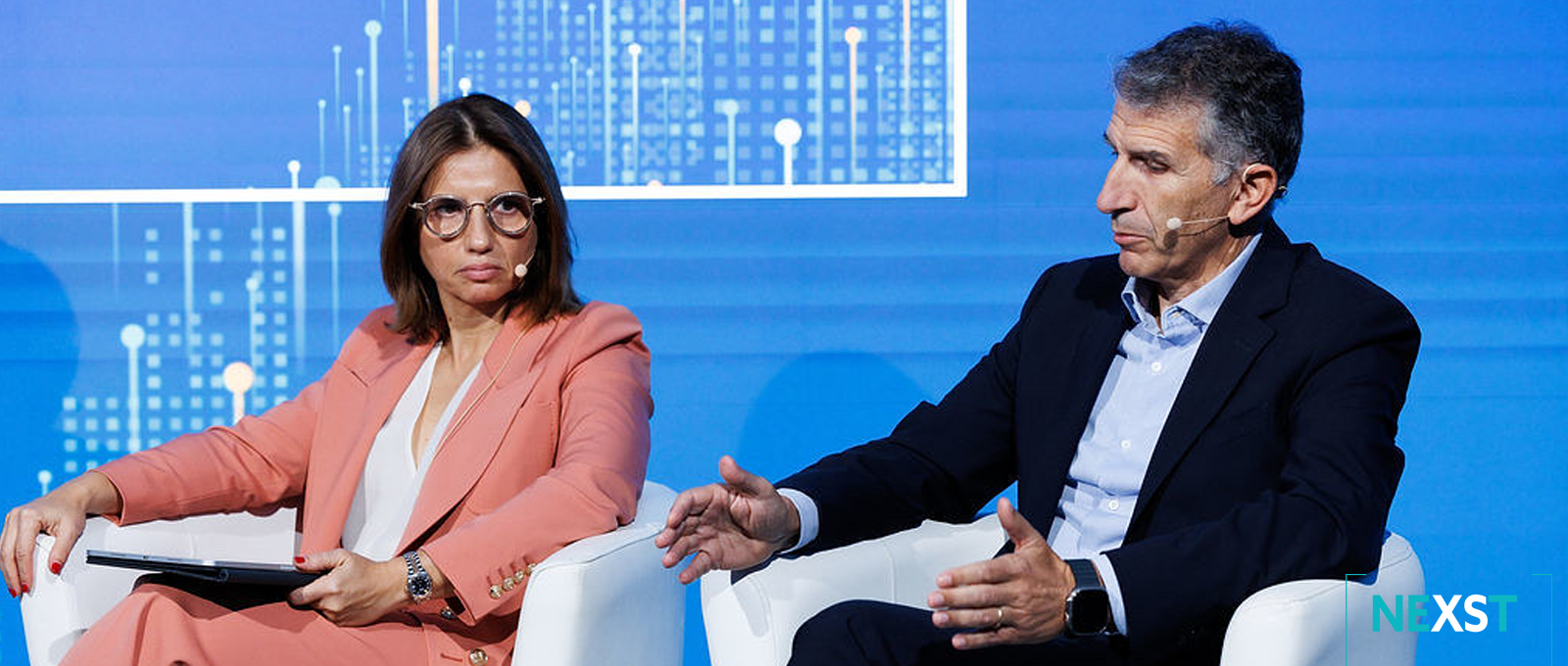Prysmian takes part in Financial Times-ETNO TECH & POLITICS FORUM
During the panel discussion, I shared sustainability lessons in relation to building full fibre networks and discussed components, long term planning and investment choices. In my opinion, we need to complete the migration of the access networks from copper to full fibre first. Fibre isn’t just technologically superior to copper – it’s also a more sustainable solution.
Copper access networks require active equipment between the central office and the customer premises and therefore consume more energy. Full fibre access networks are passive, and therefore more sustainable. Fibre cables are also smaller than copper and require less space, ducts, and civil works. There’s also an important reduction in footprint because you can replace three central offices for copper with one for fiber.





